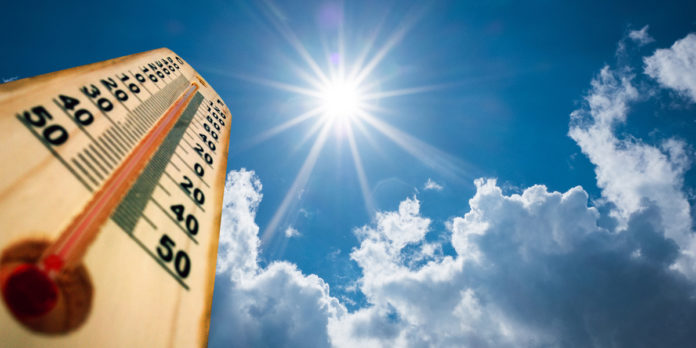Most Australians are familiar with the ‘slip, slop, slap’ message, but new research suggests we’re not taking sun safety seriously enough.
Currently, health agencies recommend that sun protection is used when the UV Index – which measures the intensity of UV radiation – is three or higher.
But researchers from The Australian National University (ANU) and New Zealand’s National Institute of Water & Atmosphere Research (NIWA) have found there needs to be a greater focus on how long we’re spending outdoors.
“What this study shows it that when the UV Index is lower than three, it is still possible to get sunburnt. The message that you don’t need to use sun protection when the UV Index is less than three is incorrect,” Professor Robyn Lucas from the ANU Research School of Population Heath said.
“For example, if you are outdoors for a few hours on a winter’s day playing golf, it is easy to exceed the dose of UV radiation that will cause a sunburn.”
The study found that on average, cities like Melbourne only have two days a year where there is insufficient UV radiation to get a sunburn.
“Most days of the year, even as far south as Melbourne, it will be possible to get a sunburn if you stay outside most of the day. In essence, there are no ‘zero protection needed’ days in Australia. People have to start thinking not just about the UV Index, but also how long they are outdoors,” Professor Lucas said.
The findings are based on a study of both UV Index and total UV dose over the course of a day.
“I was rather surprised, when I looked at the data carefully, to see just how large the daily dose of sunburning could be on days when the peak UVI was so low,” Dr Richard McKenzie of NIWA said.
The researchers believe it may also come as a shock to those tasked with developing messages around sun exposure.
“In the past it has been thought when the UV Index is less than three, it is also likely to be cold and people will be covered up. This is not necessarily true, and when it is cold, uncovered areas like the face and hands can still get sunburnt. The face and hands are the most common site of skin cancer,” Professor Lucas said.
“Even if the UV Index is low, if you are going to be outside for more than 10 or 15 minutes then you should use sun protection on exposed skin.”
(Source: Australian National University)










